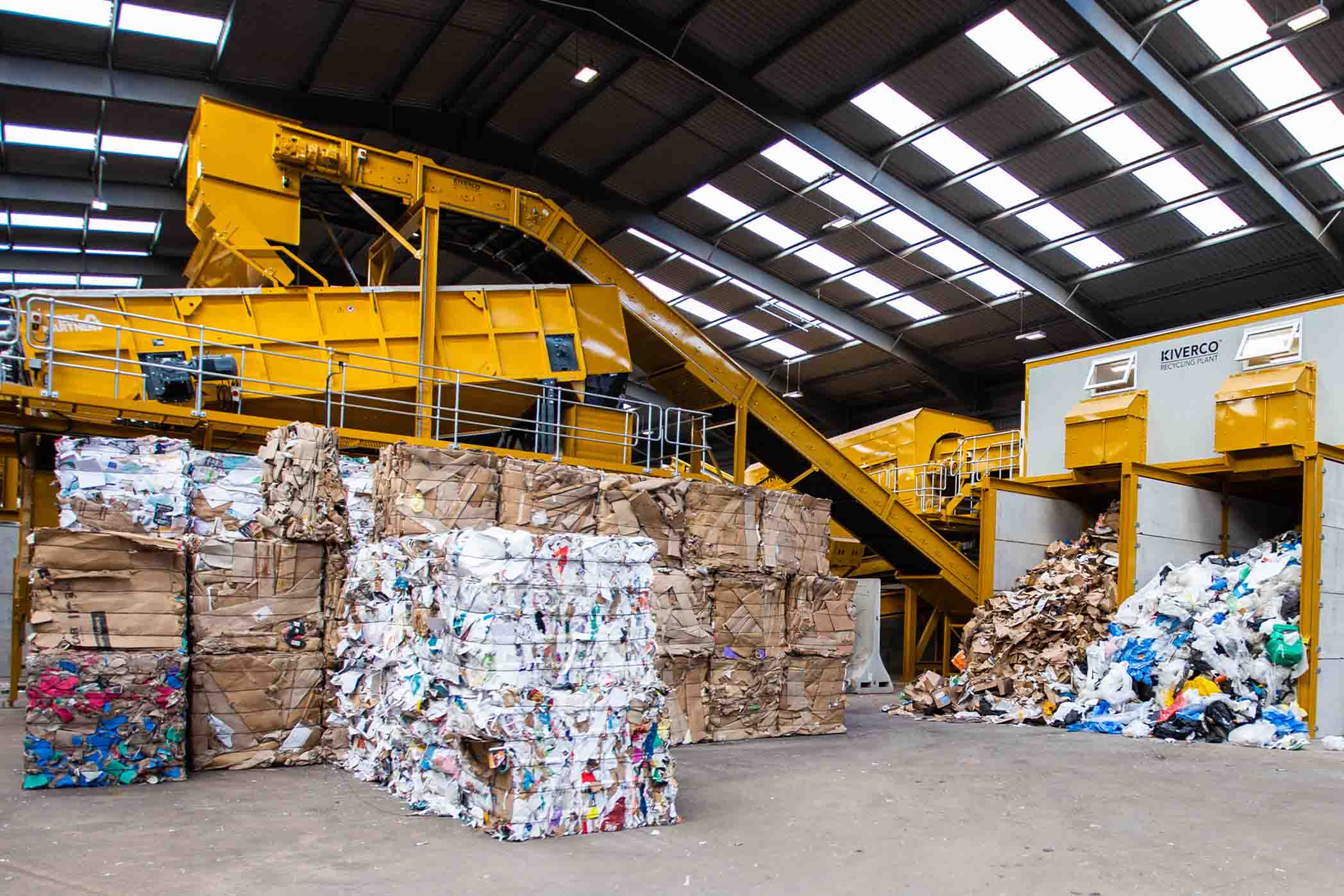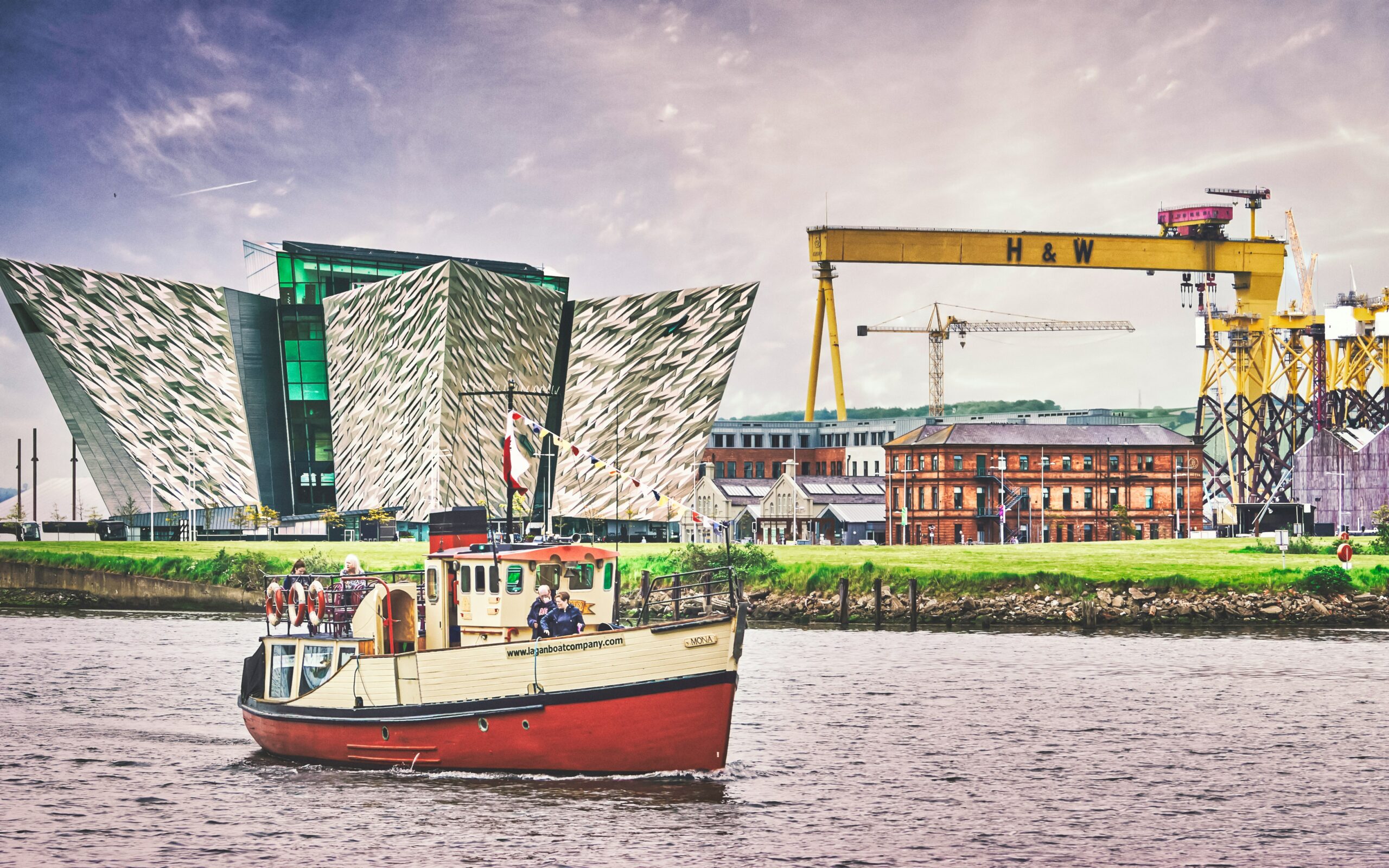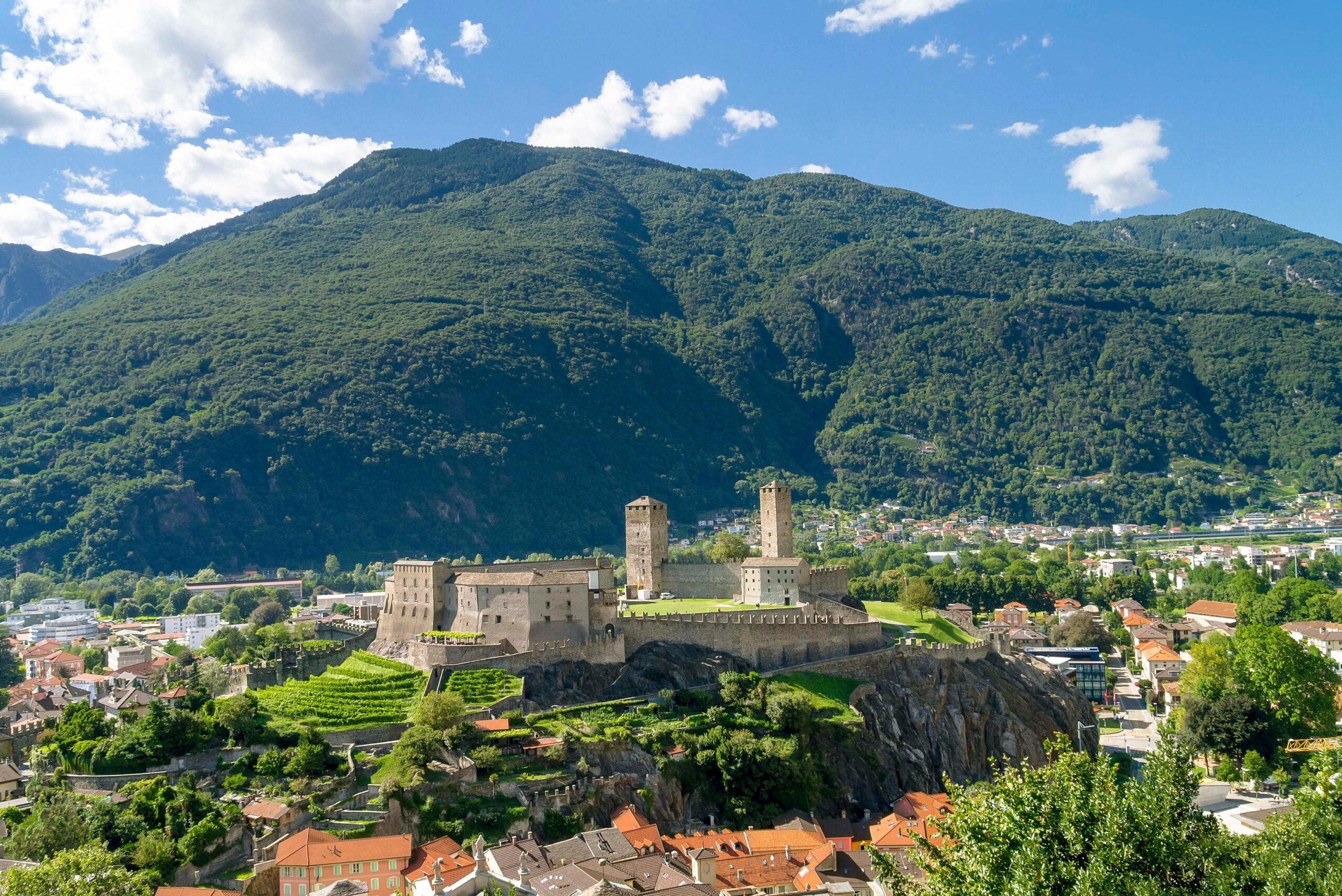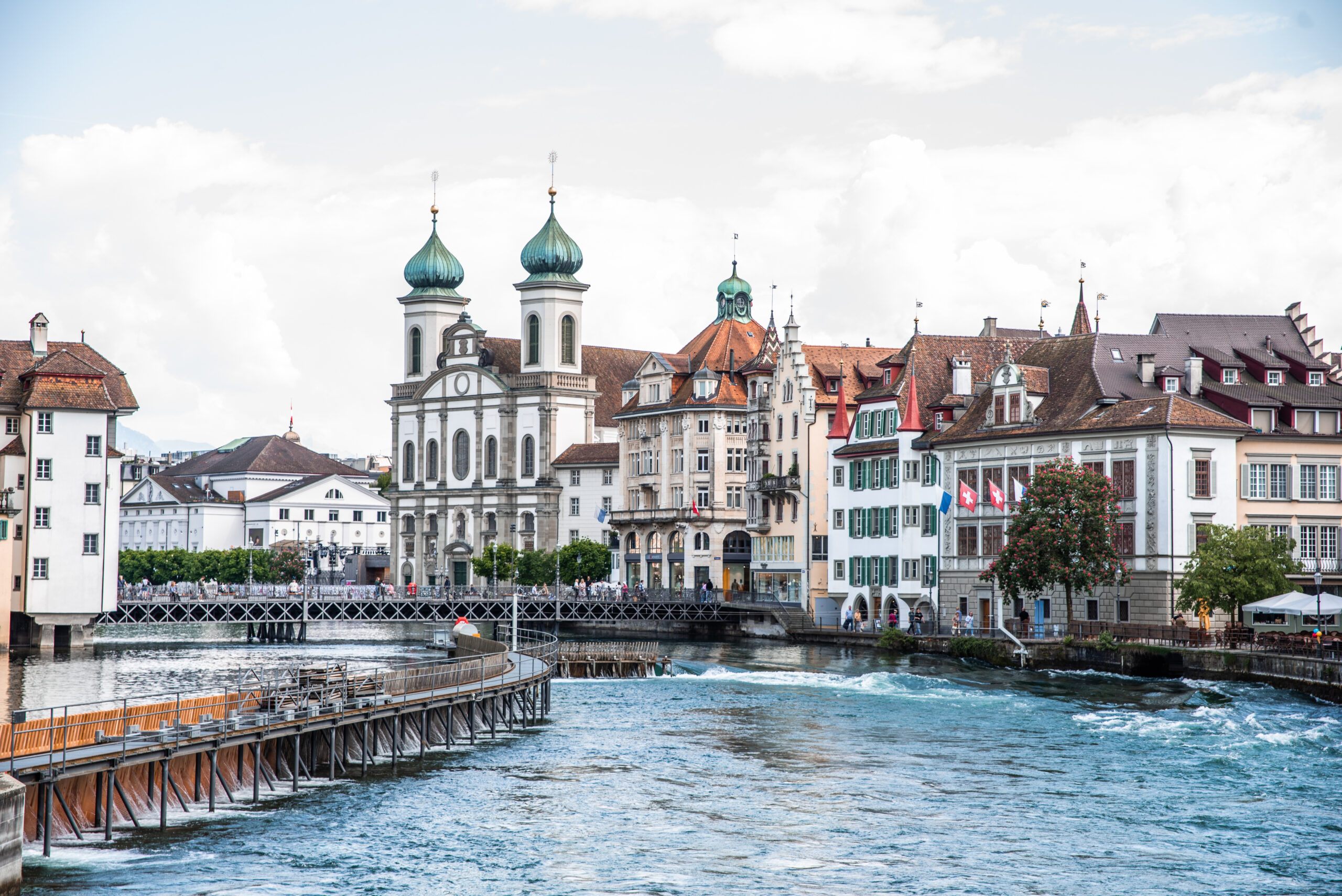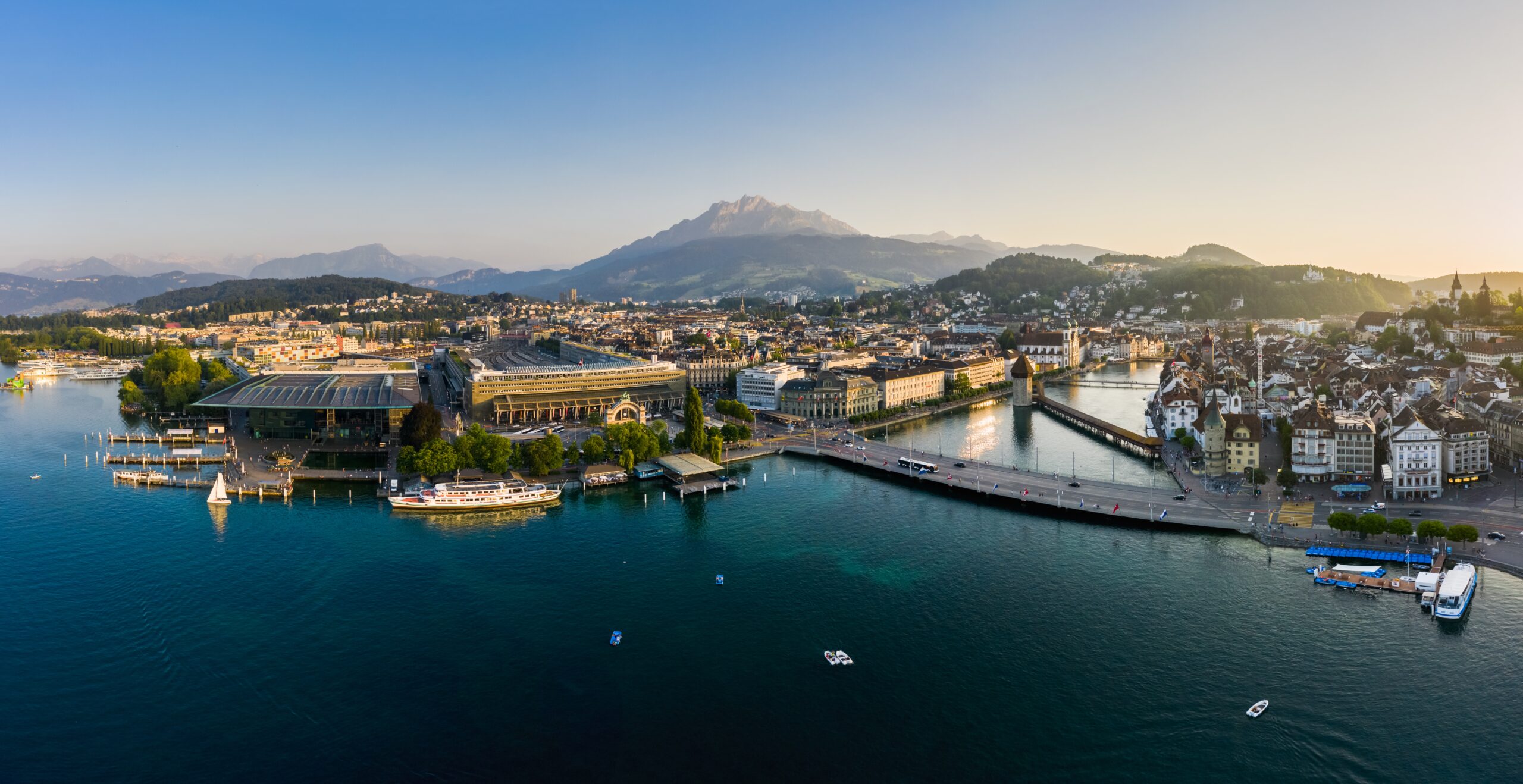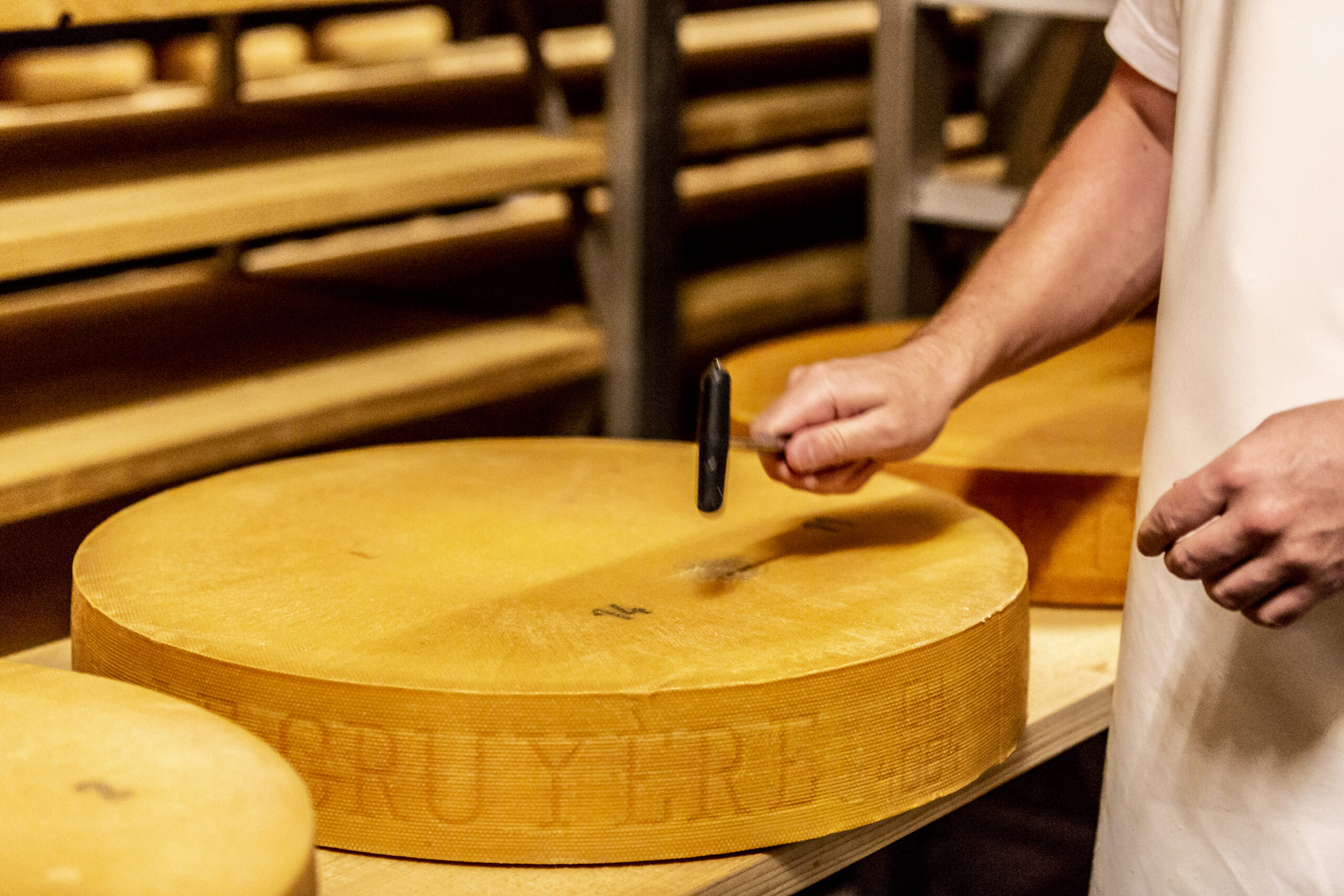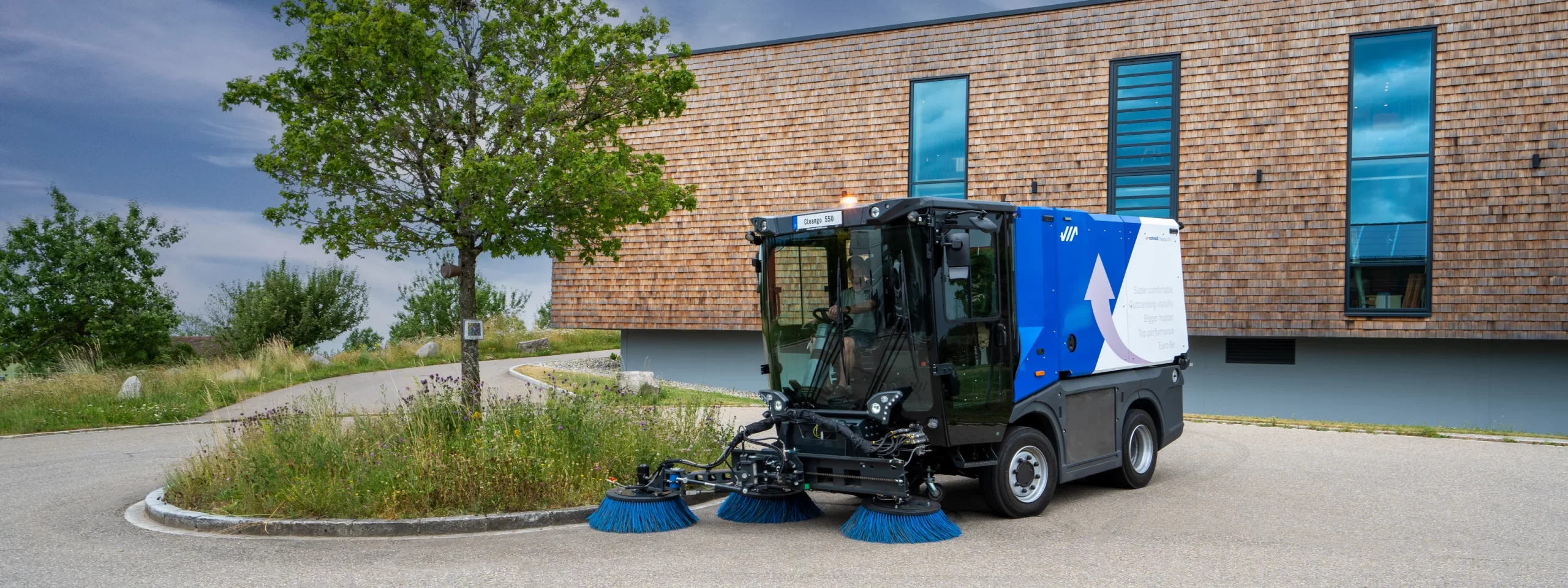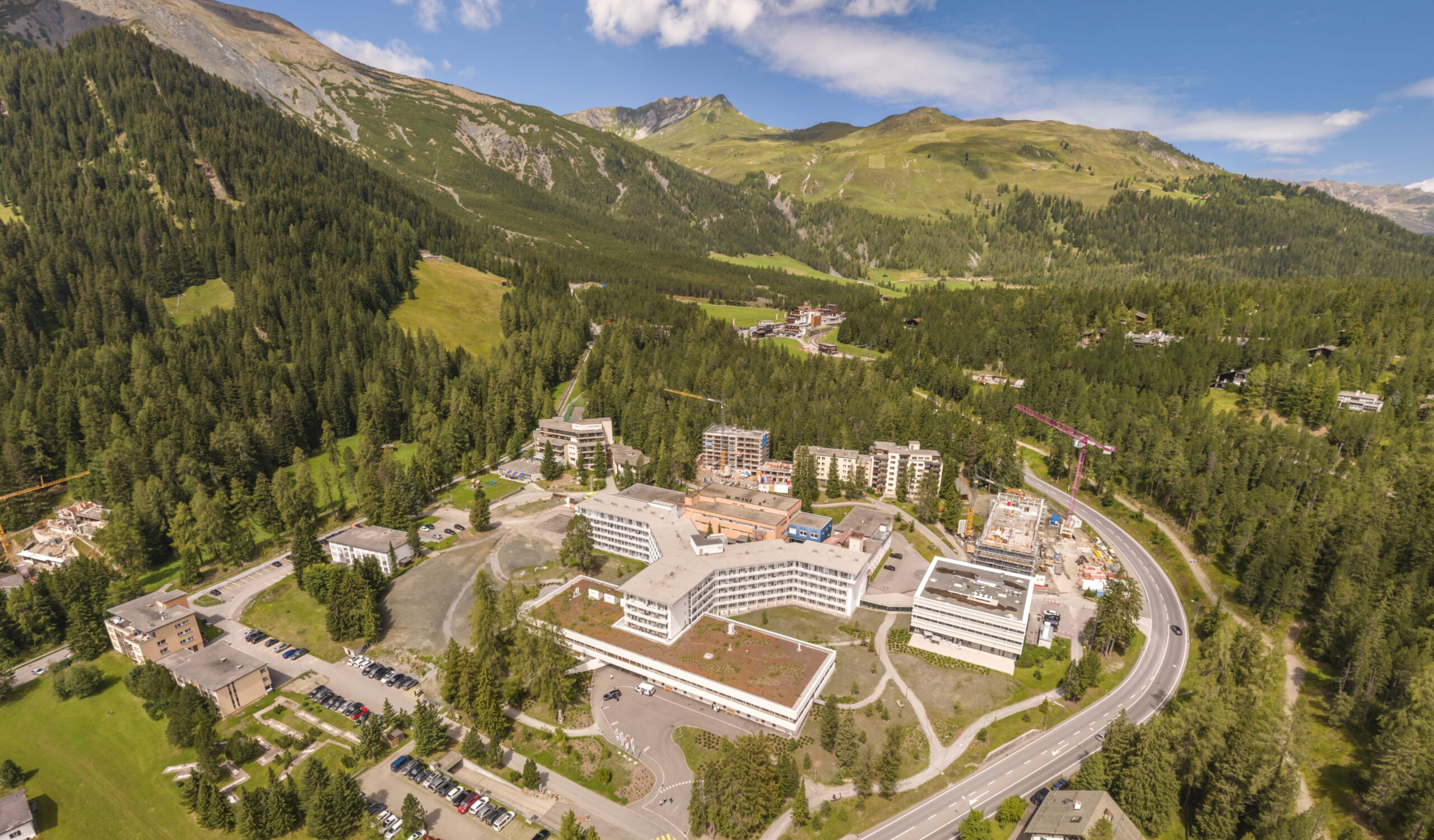How do you assess the agricultural sector?

Latvia offers high-quality products which are environmentally friendly. These are two important reasons why international business’ choose Latvian products. Nearly 20% of Latvia’s export income is derived from the nation’s forests and another 20% from its agricultural products.
EU financial resources have created new market possibilities. Since 2004, agricultural outputs have increased 2.3 times. Crop output has grown 2.7 times, and animal output rose 1.8 times. This is an improvement from the 90’s when Latvia imported cereals. Today, cereals play a significant role in the agro-business export value.
What challenges will the agricultural sector face?
The most important challenge is the efficient use of government money for support programs. We do not know what funds will be available after 2020. Therefore, farmers need to increase the effectiveness of their production now. Regarding output value per person employed in agriculture, Latvia is still under the EU average. So this is one of the most important goals. The food processing sector is an essential part of the development of the sector.
A second challenge or goal is to grow organic produce preferably. It is a niche added value agricultural segment, and Latvia has vast growth potential in organic farming. Latvia has green land and vast organic territories however we are still quite limited in the export potential. To grow the agricultural sector, Latvia needs to look for additional export markets. Our vast green natural environment is ripe for investment and can produce a wide variety of agricultural products.
How do you assess Latvia’s export potential?
We need to strengthen branding of our products in existing markets. Decreasing exports to traditional export countries such as Russia is an additional incentive for Latvia to improve its branding abroad.
Some Latvian niche dairy products are competitive internationally. This is where we should focus. We need to find new niche products that can compete internationally as competition is quite strong. The dairy sector, in particular, has challenges competing head-on with large producers from Poland, Germany, or France. Regarding new markets, we are starting to conduct some activities in the near east where being part of the UE is an added value.
How is Latvia utilizing its forests?
Latvian forests are managed in a sustainable way. Forest management is according to international rules. One of our strengths is that half of our forests are state-owned forests managed by a state company. The company is well recognized on a global scale. It provides wood resources for our private sector industry players. The chain is working very efficiently and in a sustainable way. However, the forestry and wood processing sectors have not reached their maximum potential. The annual gross value of Latvia’s forest is nearly 25 million cubic meters. However, only 12 million cubic meters are used. There is still place to grow.
A large portion of forests are in protected areas, and the most important aspect to realize is that Latvian forests are being planted and growing at a faster pace than they are being used.
New programs are in place which are planting more valuable, efficient and productive trees throughout the country. Our challenge in the sector is increasing the efficiency of wood or timber.
We have a strong wood processing industry throughout the regions. Companies in the sector offer valuable products for construction, sauna, flooring etc. Nonetheless, there are still possibilities to grow value-added niche segments such as furniture manufacturing. We would need good designers and marketing consultants to export on a global scale. At the moment, finding investment to boost value-added activities is a key priority needed in order to maximise the sector’s potential. We are ready to work for investors.

